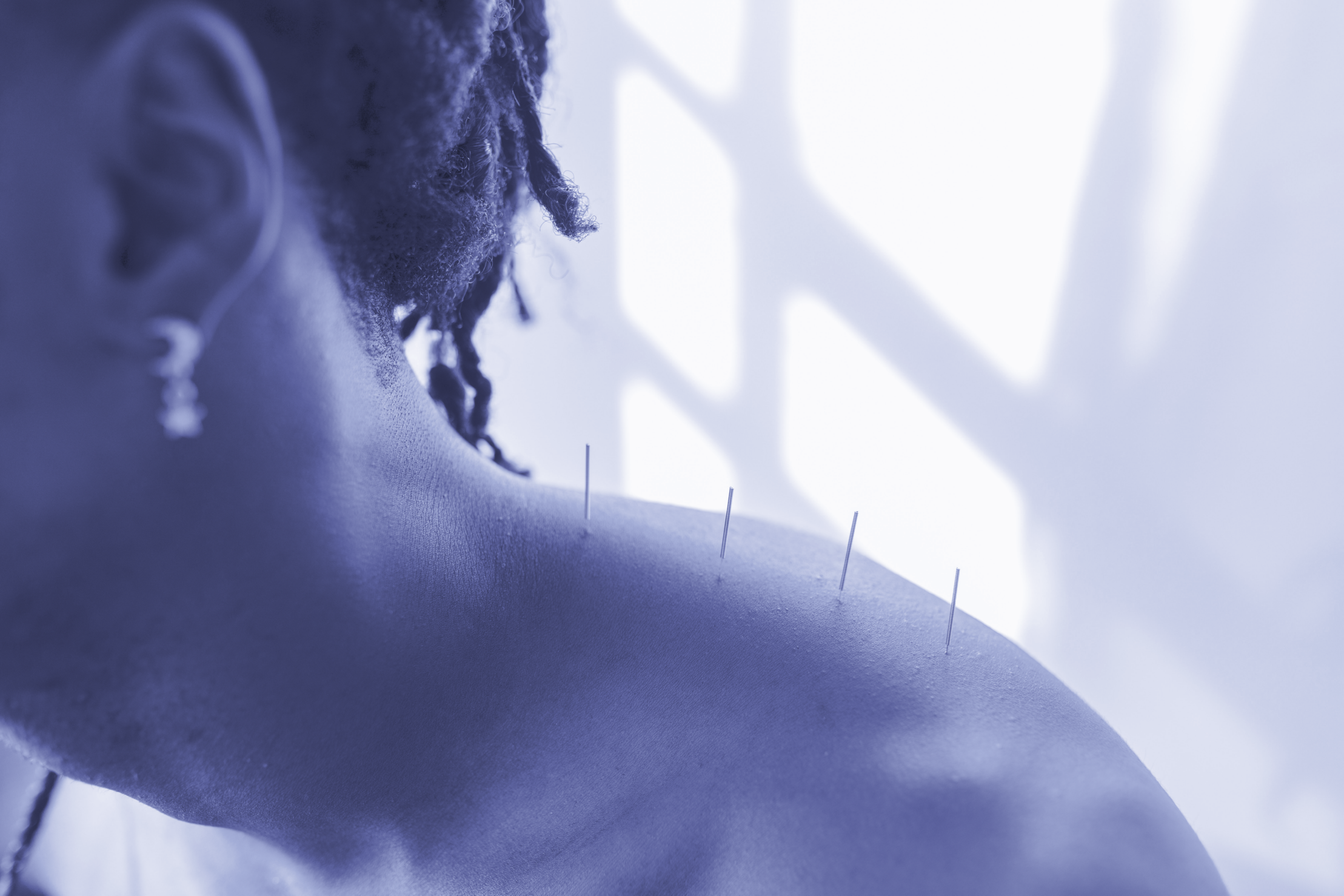If you’ve ever had a stubborn muscle knot or tight spot that just won’t relax, you know how uncomfortable it can be. Dry needling is a modern physical therapy technique that can help release those tight muscles and provide relief. It involves using very fine, sterile needles (similar to acupuncture needles) to target trigger points in your muscles – those irritable “knots” that contribute to stiffness and pain. Unlike acupuncture, which is based on traditional Chinese medicine, dry needling is rooted in Western medicine’s understanding of anatomy: it focuses on inserting needles directly into tense muscle bands to release tension and alleviate pain1. In this post, we’ll explain how dry needling works to relax muscles, why it’s used for muscle release, and what the evidence says about its effectiveness.
Understanding Muscle Knots and Dry Needling
Muscle “knots” – known in medical terms as myofascial trigger points – are tight bands within muscle fibers that can feel tender and limit your movement. When a muscle is overused or stressed, it may develop these hard knots, leading to pain and a feeling of constant tension. Dry needling targets these trigger points directly. According to the American Physical Therapy Association, dry needling is “a skilled intervention using a fine needle to penetrate the skin and stimulate underlying muscle and connective tissues to manage neuromuscular and movement deficits”2.
It’s important to note that while dry needling uses the same type of thin needles as acupuncture, it’s performed by specially trained physical therapists with the specific goal of releasing muscle trigger points and restoring normal muscle function. Think of it as pressing a reset button for a cramped or overactive muscle. The procedure is typically quick, and most patients feel only a mild pinch or pressure – often far less than what they expect. Many patients are surprised to find that the muscle, which felt rock-hard and painful, softens and feels looser after just a few needle insertions.
How Dry Needling Releases Tight Muscles
Dry needling helps achieve muscle release through a few key effects on the muscle and nervous system. When the needle is inserted into a trigger point, it often provokes a brief local twitch response – an involuntary contraction of the muscle fibers. This twitch is actually a good sign: it indicates the needle hit the right spot, and it’s often followed by an immediate relaxation of that tight band of muscle3.
Other therapeutic effects take place as well. The insertion of the needle causes increased blood flow to the area, which brings oxygen and nutrients to fatigued or knotted muscle tissue3. This helps flush out irritating chemicals that build up in tight muscles. Additionally, dry needling has neurological benefits – it stimulates nerve fibers that send signals to the spinal cord and brain to reduce pain perception and calm overactive nerves3.
To summarize, dry needling releases muscles by:
- Triggering a Reset (Local Twitch): The needle often elicits a quick twitch in the tight muscle, like hitting a reset button. This reflex causes the taut muscle fibers to relax and lengthen back toward a normal state3.
- Boosting Blood Flow: A needle prick in the knot causes tiny blood vessels to dilate, increasing blood circulation to that spot3.
- Calming Nerve Overactivity: Dry needling also prompts a neurological response. It helps reduce the sensitivity of nerve receptors in and around the trigger point3.
Many patients describe feeling the muscle “release” or loosen up within seconds after a twitch response. You might feel an immediate improvement in how flexible or soft the area is. In the next day or two, the muscle might be a little sore (similar to how it feels after a deep tissue massage or a tough workout), but this soreness is usually mild and temporary. Overall, by inactivating trigger points and restoring normal muscle tone, dry needling allows tight muscles to finally relax.
Evidence for Dry Needling as a Muscle Release Technique
Dry needling isn’t just based on theory – there’s solid evidence behind its ability to reduce muscle tightness and improve muscle function. Research studies have measured how muscles respond to dry needling and have found positive results. For instance, a 2024 randomized controlled study on athletes with neck pain showed that adding dry needling to standard manual therapy significantly reduced the muscle tone and stiffness in their neck muscles compared to manual therapy alone4.
Multiple reviews of dry needling also support its muscle-relaxing effects. Experts note that dry needling targets taut bands of muscle (trigger points) and by doing so, it can reduce muscle spasm and hardness while also relieving pain5. In fact, a broad sports medicine review noted that dry needling is generally effective in reducing muscle stiffness and tone across various body regions5.
Perhaps most compelling for patients, dry needling often produces quick results. Studies have observed immediate improvements in a muscle’s flexibility and a decrease in pain sensitivity right after treatment3. For example, if a tight hamstring was limiting your ability to bend forward, you might notice you can reach a bit further after a dry needling session on that hamstring. This immediate change is a strong sign that the muscle has released tension.
A Confident, Hopeful Outlook
Dry needling offers a targeted, evidence-based way to release knotted muscles, and it’s done in a controlled, sterile, and professional setting by licensed physical therapists. Many patients who have spent weeks or months trying to massage out a trigger point are amazed at how quickly a few pricks of a needle can calm the muscle. It’s normal to be a bit nervous about the idea of needles, but the procedure is typically very tolerable – and the payoff is often a notable reduction in muscle tightness and pain. Because no medication is injected (the needles are “dry”), side effects are minimal.
In summary, dry needling can be a powerful ally in relieving muscle tightness and knots. By physically disrupting the pain-tension cycle in the muscle, it helps you feel looser and move more comfortably. If you’re struggling with a persistent muscle knot or tightness that isn’t resolving with usual stretching or massage, talk with your physical therapist about dry needling. This technique, backed by growing research and clinical success, might be the key to finally unlocking that stubborn muscle and getting you back to pain-free movement4,5.

